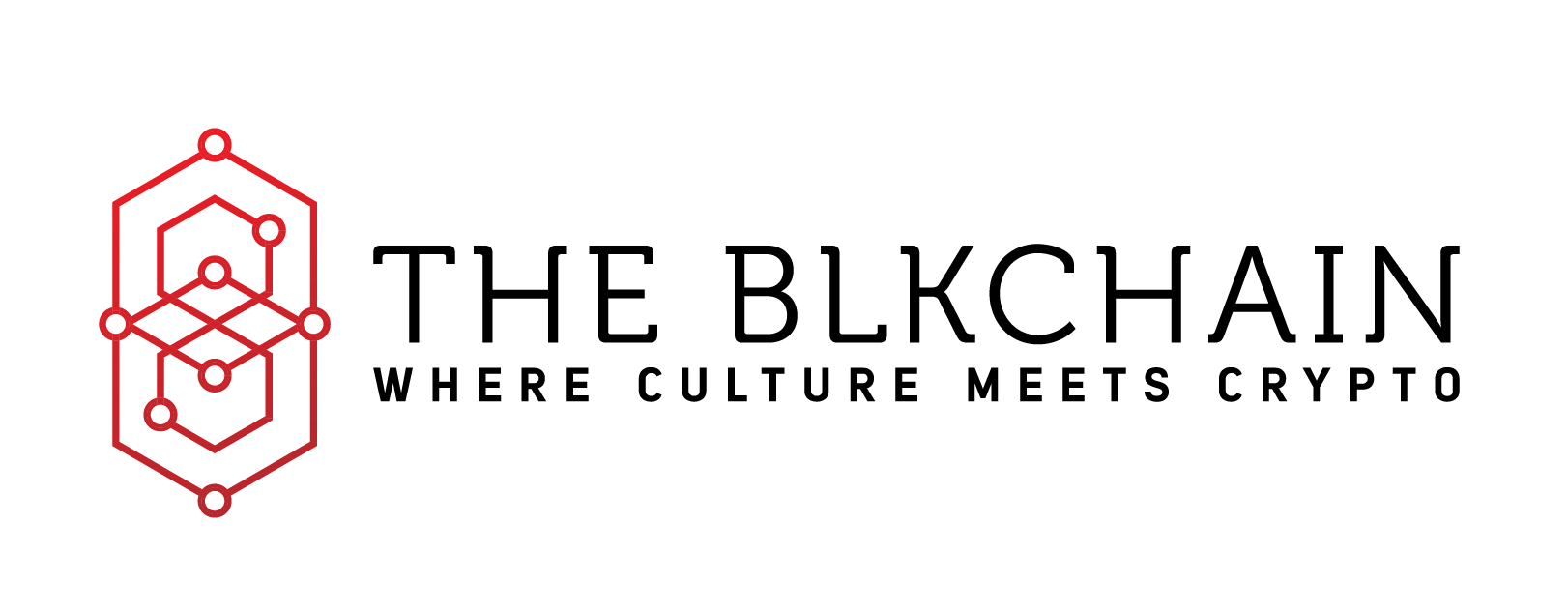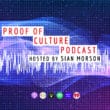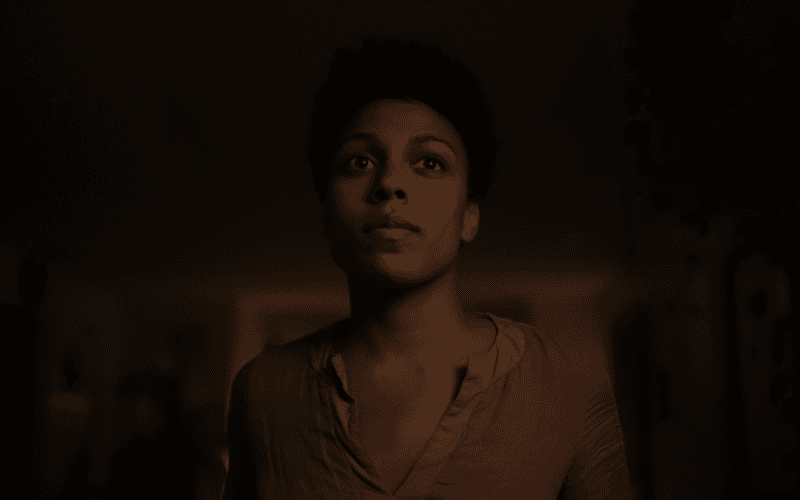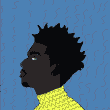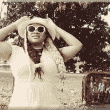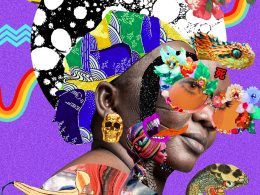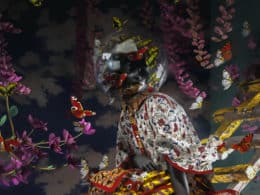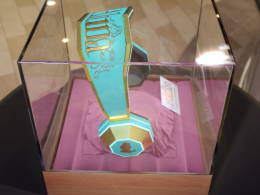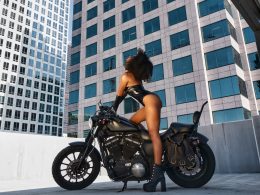Working with actors to portray something so moving and powerful, what was the process of getting the actors to identify with these characters and the story?
I had the great privilege of working with two extraordinary actors. When you have that, the smartest thing to do as a director is get out of their way and trust their brilliance. Knowing when to leave an actor alone is just as important as knowing how to give them direction.
I don’t believe in rehearsal for a film. I want to capture the moment, the real moment, the real discovery by the actor. With Isi and Gabriel, I had conversations with them about what I was looking for in those characters, what I was looking for in their love as a couple, and what I was looking for as far as their humanity. I feel the most important thing is that they trusted me and I trusted them. With actors like these, every take was outstanding so then comes the arduous task of deciding which ones fit in the telling of this story, which is the exciting and difficult part when I edit my films because they gave so much in every take.
Talk about your directing style. How would you describe it?
For me it’s important that the people around me understand my vision, so I do have conversations about the emotional arc of the story, the emotional beats, especially with the cinematographer, the production designer and the actors. I’ve been called many times an actor’s director because I know the language of actors and I know how to bring the best out of them. It’s important to me to find the right look of the film, using the right lens, choosing when and how to move the camera or not, framing the composition, knowing how to match the music, because everything needs to be invisible but serving the emotional arc of the story of the motion picture.
What kind of atmosphere ddi you create on the set?
I made sure the whole crew understood the delicate nature of the work we would be doing and how we had to protect the cast. It was an incredible day, very efficient, very respectful. It was a very happy set because everyone knew we were telling an important story and everyone was in awe of what the actors were doing, but also in the way we were baking in the look with the lighting and production design. It was clear that this was special, and it was made more special by the absolute love and commitment of every member of the crew which was predominantly women, nonbinary, LGBTQIA and BIPOC.
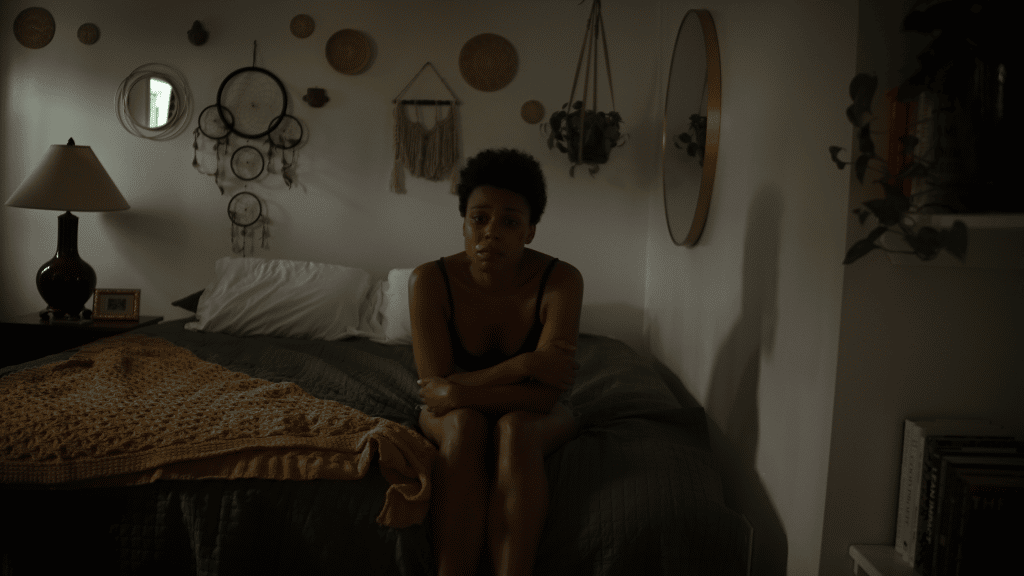
Was this shot during the pandemic? Talk about how that affected the shoot.
This was shot during the pandemic. We have Covid protocols including testing prior to the shoot and masks during the shoot. I only hired fully vaccinated cast and crew because my priority was to protect the actors who would need to unmask for the scenes.
Tell us about the crew you assembled for the shoot.
My crew is extraordinary. There are too many to mention but a few of the keys… Jared Roybal is the Cinematographer — We have a really good rapport and understanding. He really wants to achieve the director’s vision, and for me especially as a woman who is directing, it’s so lovely to find a colleague who doesn’t try to push his voice on mine. Jared’s voice is in there because ultimately my voice is being interpreted by him as he operates the camera, but he really wants to serve the story and the director’s vision and to me that is the mark of a true cinematographer. Keriann Corriea is the Production Designer and Wardrobe. She’s ridiculously talented and she is wonderful to have on set. Kelly Lee is my hair and make up. We have worked together several times, I met her as an actor first when she was doing my makeup and I just really love her presence and her attention to detail. She does beautiful work. I had one post production crew Jason Charnick— Post Production Supervisor, who is an absolute joy to work with. He’s kind, generous and a great problem solver. Then there is Trish Reda… Artist Rep, marketing genius and all round exceptional human being. I’m blessed.
What is it that you want the user to feel while watching RED FLAGs?
First of all, a subject like intimate partner violence, or domestic violence is a silent epidemic. I believe we need to tell stories that shed light on these issues that society hides in the shadows and create meaningful dialogue around it. If we don’t then those who are left in the shadows are destroyed by shame, and the oppressors win because they are not held accountable for their abuse.
Also, when we see people that we consider damaged or broken in society, my hope is that we don’t toss them away, that we don’t discard them because damaged people can heal and damaged people can become productive members of society, and of course just simply being human beings, they have value. So it’s important to me that we take a look at these human beings and see past their damage, both of them, we don’t know what’s going to happen to him. He may come out of this transformed as well.
I profoundly hope even one person sees this and it inspires the courage to break the cycle.
So, these are some of what I would like people to take away from this, and that there’s hope, that there’s always hope.
